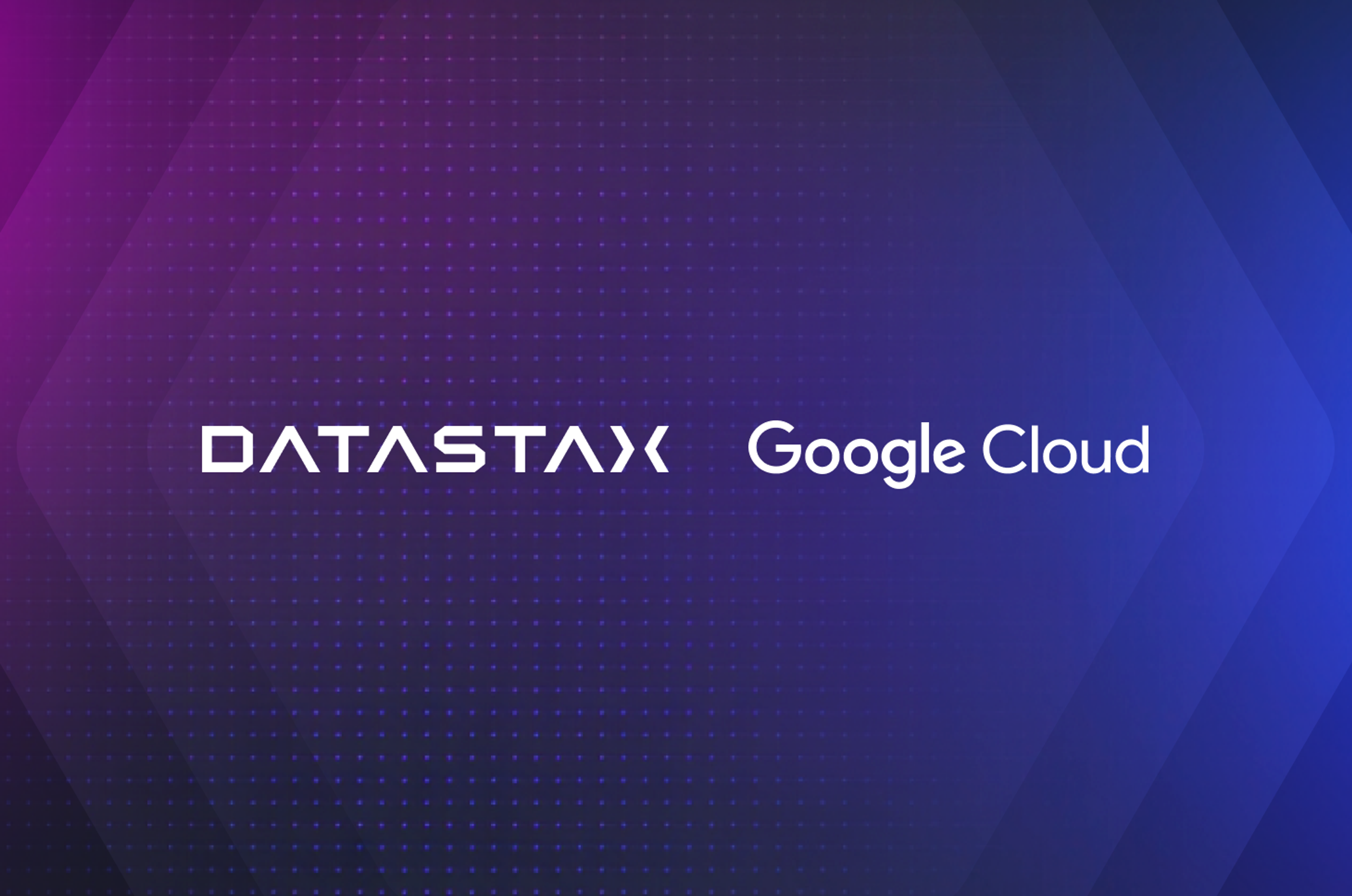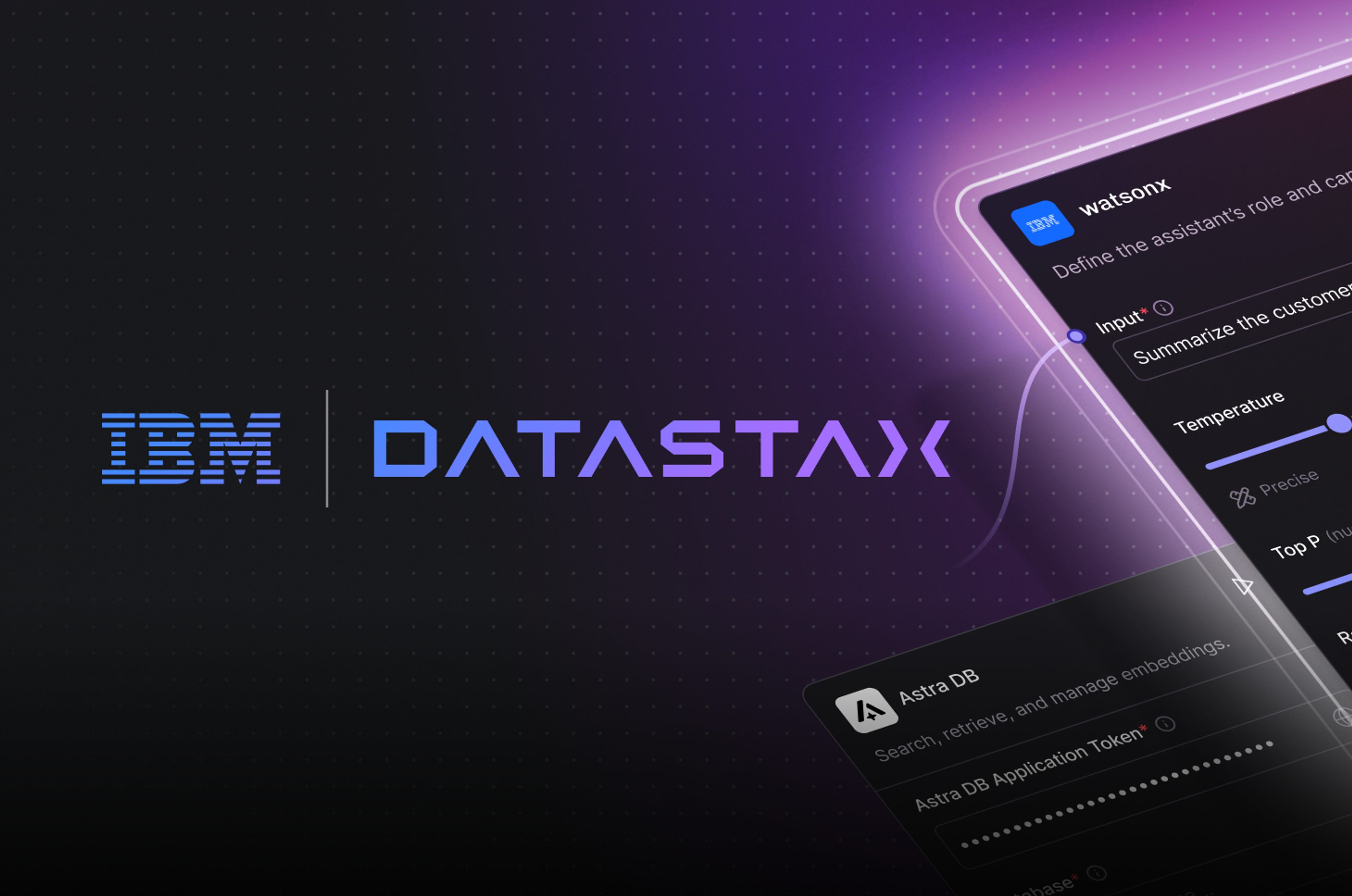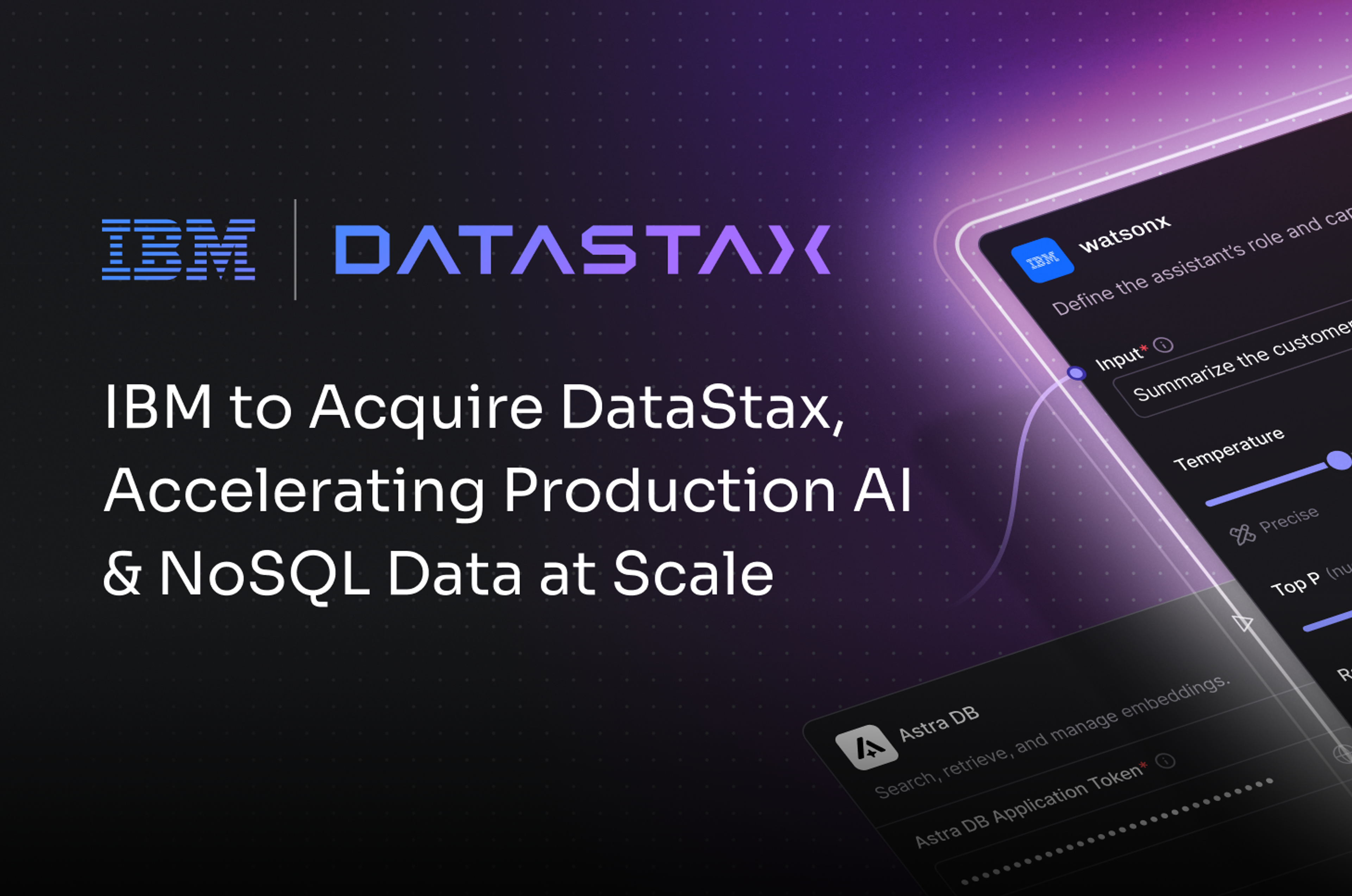Apache Cassandra is the NoSQL database that powers several of today’s leading organizations, including Instagram, GoDaddy, and Netflix. The database was developed to meet the needs of today’s most demanding applications, which have outgrown the capabilities of traditional relational databases. While much has been written about Cassandra over the years, there are still some things some people may not be aware of.
1. Cassandra started at Facebook
When Facebook began growing rapidly, no database on the market could meet the social media juggernaut’s performance and scalability requirements. So in 2007, two Facebook engineers—Avinash Lakshman and Prashant Malik—began developing Cassandra to power the social network’s inbox search feature using large datasets across multiple servers. In July 2008, Facebook released Cassandra as an open source project. And in January 2009, Cassandra became an Apache Incubator project.
2. Cassandra recently turned 10
In July 2018, Cassandra officially turned 10, and the database has enjoyed tremendous growth since its birth, with major enterprises across the globe now using it to build and deploy powerful applications in hybrid cloud environments.
3. DataStax is behind the majority of Cassandra commits
Cassandra is an open source project, but DataStax has been the driving force behind it. The company is responsible for the majority of all the commits to the project (i.e., when temporary code is made permanent). Read the full story about how this came to be here.
4. Apple has the biggest Cassandra instance
In an age where customers expect highly positive and personalized user experiences in each interaction and organizations are always trying to increase internal productivity, scalability has never been more important. Simply put, Cassandra makes it easy to scale. The database’s masterless architecture supports linear scalability for read and write operations; if you want to double performance, just double the number of nodes. How scalable is Cassandra? In 2014, Apple announced its Cassandra instance had more than 75,000 nodes and stored more than 10 petabytes of data. What’s more, a single cluster was over 1,000 nodes. The company says that it processes millions of read and write operations per second on a regular basis. That was five years ago. Who knows how big Apple’s instance has grown since then? At DataStax, we’ve enjoyed watching Cassandra grow in adoption and sophistication over the last 10 years. But we’re even more excited to see how the powerful database management system grows over the next decade—particularly following the upcoming release of Cassandra 4.0. Stay tuned! We’re just getting started.













